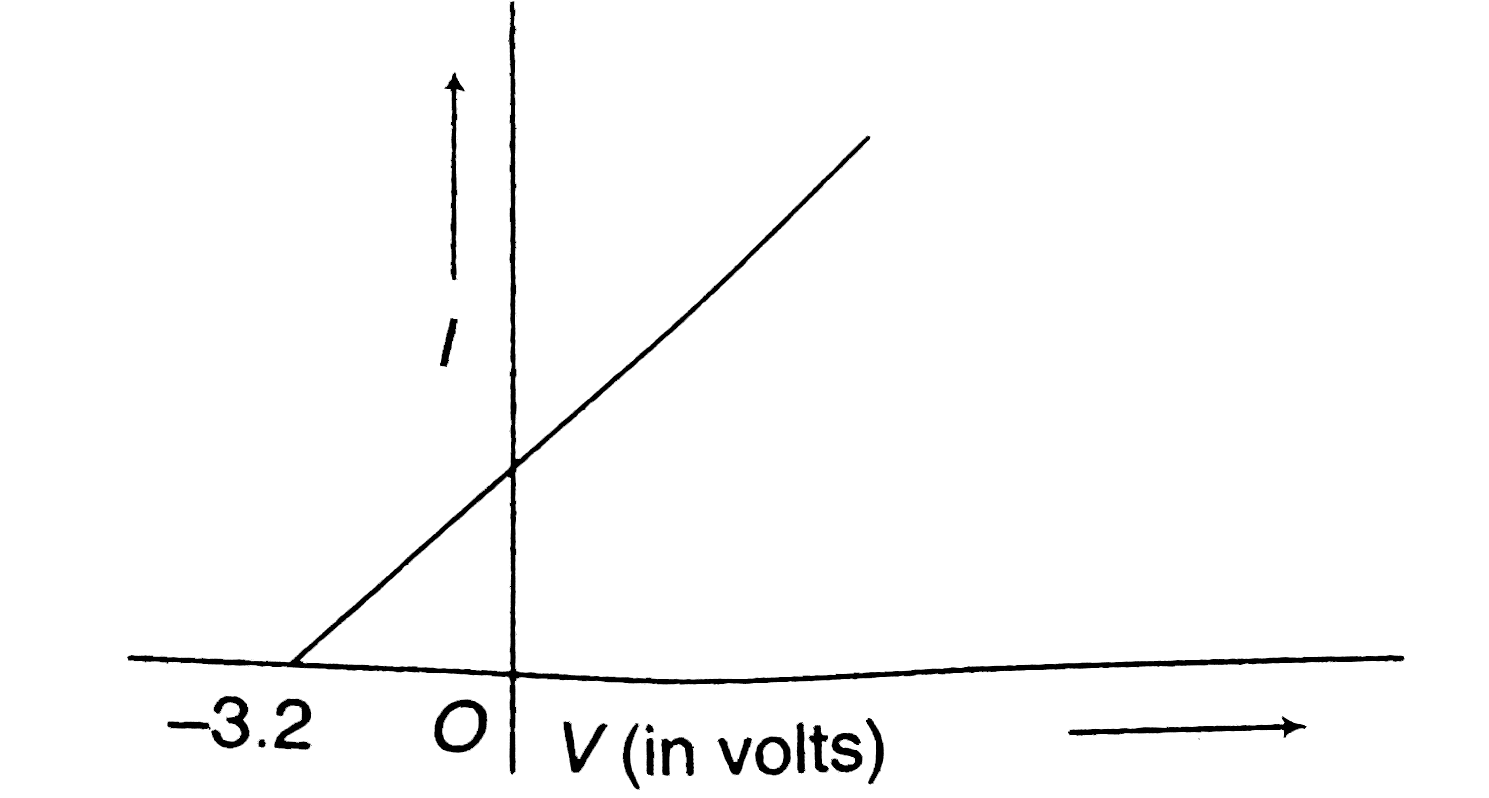In a photoelectric experiment, if both the intensity and frequency of the incident light are doubled, then the saturation photoelectric current
remains constant
is halved
is doubled
becomes four times
The correct Answer is:C
To solve the problem, we need to understand how the saturation photoelectric current is affected by changes in the intensity and frequency of the incident light in a photoelectric experiment.
1. Understanding Saturation Photoelectric Current:
- The saturation photoelectric current is the maximum current that can be achieved in a photoelectric experiment when all emitted photoelectrons are collected by the anode.
- This current is directly proportional to the intensity of the incident light.
2. Effect of Intensity:
- The intensity of light is defined as the power per unit area. When the intensity of the incident light is doubled, it means that more photons are striking the surface per unit time.
- Since the saturation current is directly proportional to the intensity, if the intensity is doubled, the saturation photoelectric current will also double.
3. Effect of Frequency:
- The frequency of the incident light affects the energy of the photons (given by the equation E=hf, where h is Planck's constant and f is the frequency).
- However, the saturation photoelectric current is independent of the frequency of the incident light. This means that even if the frequency is increased, it does not affect the saturation current.
4. Combining Effects:
- In this scenario, both the intensity and frequency of the incident light are doubled.
- Since the saturation current depends only on the intensity, and we have established that doubling the intensity results in doubling the saturation current, we conclude that the saturation current will double.
5. Final Conclusion:
- Therefore, if both the intensity and frequency of the incident light are doubled, the saturation photoelectric current will also double.
Answer:
The saturation photoelectric current will double.
- The saturation photoelectric current is the maximum current that can be achieved in a photoelectric experiment when all emitted photoelectrons are collected by the anode.
- This current is directly proportional to the intensity of the incident light.
- The intensity of light is defined as the power per unit area. When the intensity of the incident light is doubled, it means that more photons are striking the surface per unit time.
- Since the saturation current is directly proportional to the intensity, if the intensity is doubled, the saturation photoelectric current will also double.
- The frequency of the incident light affects the energy of the photons (given by the equation E=hf, where h is Planck's constant and f is the frequency).
- However, the saturation photoelectric current is independent of the frequency of the incident light. This means that even if the frequency is increased, it does not affect the saturation current.
- In this scenario, both the intensity and frequency of the incident light are doubled.
- Since the saturation current depends only on the intensity, and we have established that doubling the intensity results in doubling the saturation current, we conclude that the saturation current will double.
- Therefore, if both the intensity and frequency of the incident light are doubled, the saturation photoelectric current will also double.
The saturation photoelectric current will double.
Topper's Solved these Questions
- DUAL NATURE OF RADIATION AND MATTER BOOK - NCERT FINGERTIPSCHAPTER - DUAL NATURE OF RADIATION AND MATTER EXERCISE - Einstein'S Photoelectric Equation : Energy Quantum Of Radiation
23 Videos
- DUAL NATURE OF RADIATION AND MATTER BOOK - NCERT FINGERTIPSCHAPTER - DUAL NATURE OF RADIATION AND MATTER EXERCISE - Particle Nature Of Light : The Photon
19 Videos
- DUAL NATURE OF RADIATION AND MATTER BOOK - NCERT FINGERTIPSCHAPTER - DUAL NATURE OF RADIATION AND MATTER EXERCISE - Photoelectric Effect
2 Videos
- CURRENT ELECTRICITYBOOK - NCERT FINGERTIPSCHAPTER - CURRENT ELECTRICITYEXERCISE - Assertion And Reason
15 Videos
- ELECTRIC CHARGES AND FIELDSBOOK - NCERT FINGERTIPSCHAPTER - ELECTRIC CHARGES AND FIELDSEXERCISE - Assertion And Reason
15 Videos
Similar Questions
Knowledge Check
The magnitude of saturation photoelectric current depends upon
AFrequencyBIntensityCWork functionDStopping potentialExplain photoelectric effect Explain the effect of increase of intensity of incident radiations on photoelectrons emitted by a photo-tube.
AincreasesBdecreasesCremains constantDfirst decrease and then increase constantIn a photoelectric experiment , the maximum velocity of photoelectric emitted
Adepends on intensity of incident radiationBdoes not depend on cathode materialCdepends on frequency of incident radiationDdoes not depend on wavelength of incident radiation
Light of frequency v=1.5v0 (where v0=threshold frequency) is incident on a photosensitive material and photoelectric current is I. if the frequency of incident light is halved and the intensity of light is doubled then the photoelectric current becomes_____.
View SolutionWhat is photoelectric effect? Explain experimentally the variation of photoelectric current with (i) the intensity of the incident light (ii) the potential difference between the plates and (iii) the frequency of the incident light and hence state the laws of photoelectric emission.
View SolutionState how in a photo-cell, the work function of the metal influence the kinetic energy of the emitted electrons.
(a) If the intensity of the incident radiation is doubled, what change occur in (i) the stopping potential and (ii) in photoelectric current?
(b) If the frequency of the incident radiation is doubled, what changes occur in the (i) stopping potential and (ii) photoelectric current.
View SolutionIn a photoelectric experiment the relation between applied potential difference between cathode and anode V and the photoelectric current cathode and anode V and the photoelectric current l and was found to be shown in graph below. If planck's constant h=6.6×10−34Js, the frequency of incident radiation would e nearly (in s−1)

View SolutionThe incident photon involed in the photoelectric effect experiment
View Solution
